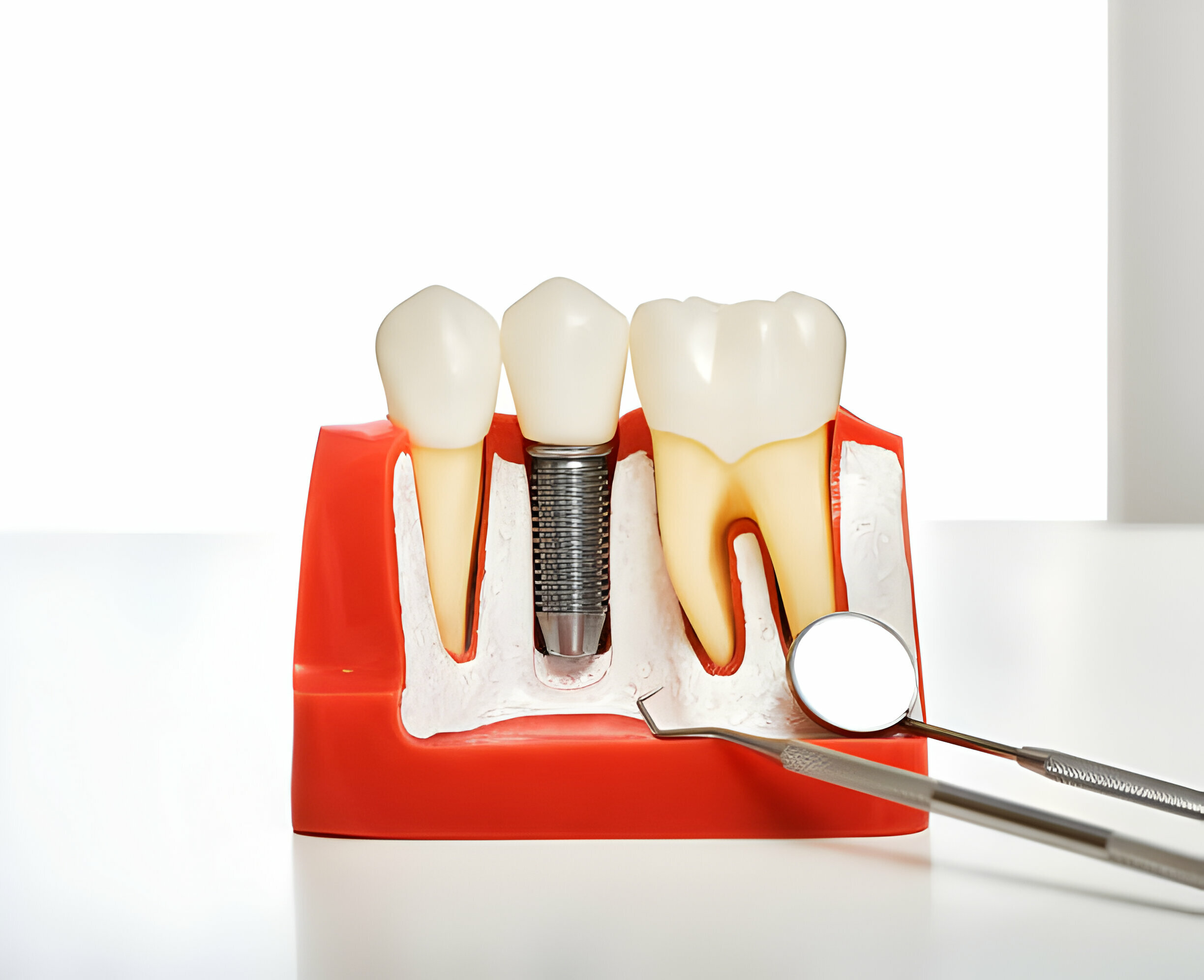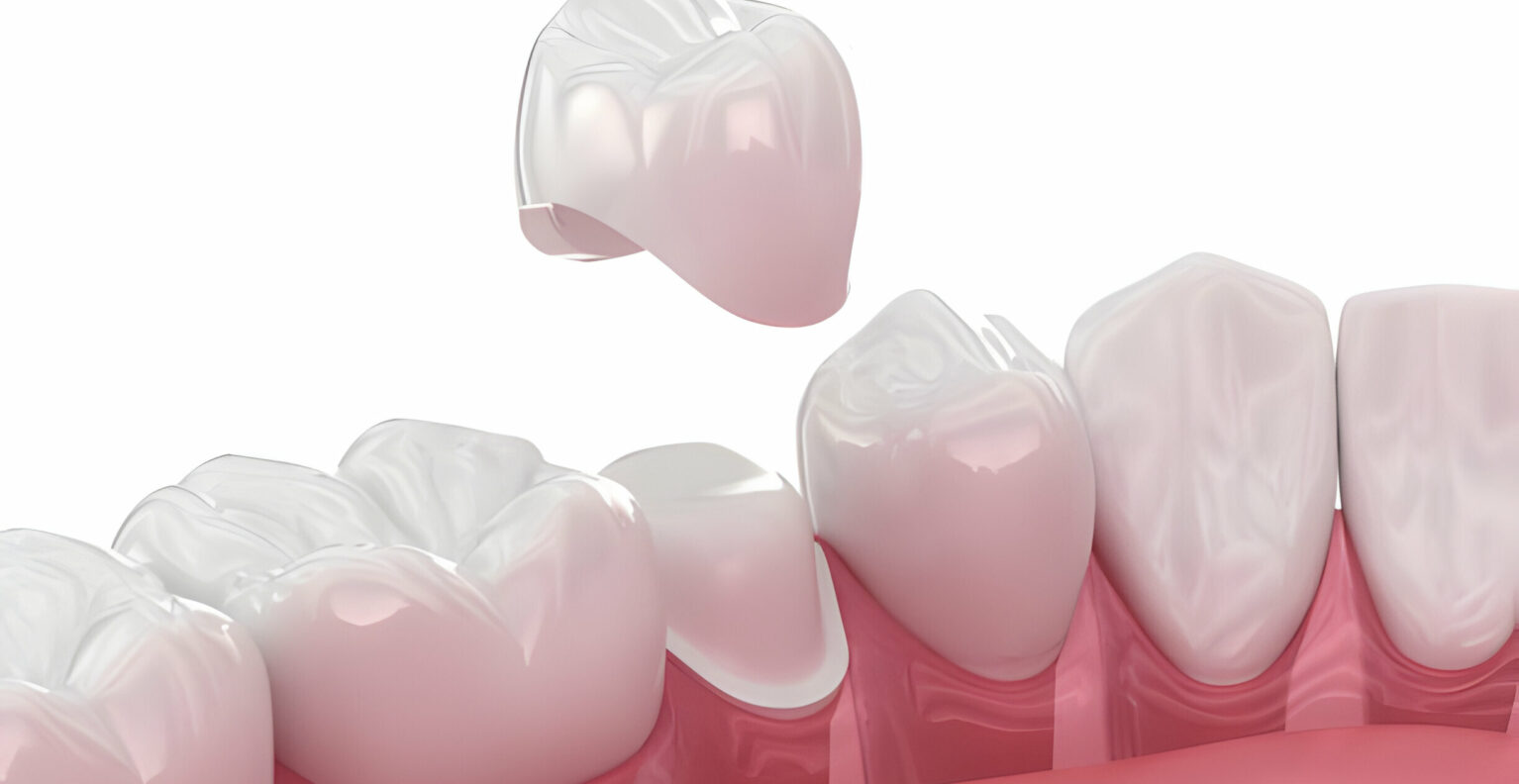Summary:
Losing a tooth or teeth is common! In fact, over 178+ million Americans miss one or more teeth. Growing up, you can lose your pearly whites for several reasons, including poor oral health or accidents.
 Dental implants have revolutionized dentistry by providing a permanent treatment for missing teeth that closely resemble natural teeth’ appearance, feel, and function. If you’re considering getting implants in Taylor, Texas, you’re starting a journey to restore your smile and reclaim your confidence.
Dental implants have revolutionized dentistry by providing a permanent treatment for missing teeth that closely resemble natural teeth’ appearance, feel, and function. If you’re considering getting implants in Taylor, Texas, you’re starting a journey to restore your smile and reclaim your confidence.
In this detailed article, we will learn about:
- The Dental Implant Procedure in Detail
- How to Prepare for the Implant Procedure?
- What to Expect During A Dental Implant Procedure?
- How Long is the Recovery After A Dental Implant Procedure?
- Long-Term Care for Your Fixtures
So continue reading in the following sections as we learn more about dental implants in Taylor, Texas.
The Dental Implant Procedure in Detail
A dental implant procedure is an outpatient surgery. Implant in dentistry is constructed of titanium and other components that bond with your jawbone to resemble the root of a tooth. This artificial root anchors your replacement teeth, ensuring they feel sturdy and match your existing teeth.
The Purpose of a Dental Implant Procedure
Teeth implants replace one or more permanent teeth lost due to an accident, gum disease, tooth decay, or infection. During the initial session, your dentist may offer various possibilities for tooth replacement, including dentures and bridges.
They will consult with you to determine whether you have adequate space and bone in the location of the lost tooth for the treatment. Therefore, implants are the best option to restore your smile if you’ve been missing a tooth for a long time.
How to Prepare for the Implant Procedure?
Before the operation, you will meet with your dentist in Texas for an initial consultation. Following the meeting, these professionals will perform a thorough examination, take X-rays, and consult with you to develop a strategy for the implant procedure.
They will arrange your surgical appointment after you have devised a plan and determined that you are in excellent health. If your dentist advises IV sedation for the treatment, you must plan for someone to transport you home afterward.
-
Location
Operation for implant of teeth is usually performed in a dentist’s clinic. A team of oral surgery and restorative dentistry specialists conducts the procedure.
-
Food & Drink
If you undergo local anesthesia, you may have a small meal a few hours before the surgery. If you are undergoing IV sedation, you will be urged not to eat anything after midnight the night before the operation. This helps keep your stomach empty.
-
Medications
To avoid early implant failure, your dentist may prescribe antibiotics to be taken a few days before surgery. They may also ask you to rinse with a specific anti-bacterial mouthwash, such as chlorhexidine.
-
Pre-operative Lifestyle Changes
Smoking may reduce the success of implants because it slows healing. If you smoke, discuss with your dentist if you should undergo dental implants.
What to Expect During A Dental Implant Procedure?
Your dentist for implant will advise you on the best way to place these appliances. In certain circumstances, the implant can be put in, and the tooth (crown) can be implanted on the same day. However, the implant process is often performed in many sessions spaced several months apart.
Stage I: Local Anesthesia Treatment
During the first step, the surgical implantation of the implant, you will be given a local anesthetic to numb your mouth or IV sedation. That way, you will not experience any pain or discomfort.
Stage II: Creating an Incision
At this stage, the dentist creates an incision in your gums to insert the implant into the jawbone in the position of your lost tooth. After it is inserted, the dentist seals the gums around the implant and dental cavity to protect it.
 Stage III: Osseointegration
Stage III: Osseointegration
Following the incision, you’re midway into the treatment. This stage generally occurs after a few months. It allows enough time for the bone to develop around the implant, strengthening it sufficiently to remain in place. This process is known as osseointegration, meaning the titanium fuses with bone.
Stage IV: Abutment Placement
Your dentist will inspect you to ensure that the implant is secure. Then, they’ll install an abutment (or connecting component) over the implant’s post part. This part of the appliance connects the false root to the crown.
Stage V: Renewed Smile
When your gums have healed, the dentist will take imprints of your teeth. They will then manufacture a personalized replacement implant of a tooth, often known as a crown. The crown is then secured to the abutment.
How Long is the Recovery After A Dental Implant Procedure?
The period of recovery following treatment for dental implants in Texas is determined by various factors, including the patient’s overall health, the number of implants put in, and any further procedures undertaken. Most people can expect to heal over many months.
Patients may suffer soreness, edema, and minor bleeding at the implant site shortly after surgery. These symptoms usually resolve after a few days and can be treated with over-the-counter pain relievers and cold packs.
Road to Recovery Over the Weeks
Over the next several weeks, the gums will recover, and the tooth-fixing implant will merge with the surrounding bone tissue, a process known as osseointegration.
During this period, patients should follow their dentist’s postoperative care guidelines, which include practicing excellent oral hygiene and avoiding hard or chewy foods that may irritate the surgical site.
After the osseointegration process, which typically takes three to six months, the final restoration (crown, bridge, or denture) can be put on the implants. Patients may have discomfort or irritation during this period, but it should pass rapidly.
 Long-Term Care for Your Fixtures
Long-Term Care for Your Fixtures
Dental implants often require the same care as natural teeth. Brush your teeth twice daily, floss, and schedule frequent check-ups with your dentist. Fixtures do not cause tooth decay, but they might be affected by periodontal disease. Thus, it is vital to practice proper care.
Takeaway
- Recovery from an implant treatment typically takes many months, with immediate postoperative discomfort reducing within a few days.
- Patients may have edema, minimal bleeding, and discomfort, which can be alleviated with pain relievers and cold packs.
- According to the dentist’s postoperative care guidelines, a smooth recovery requires maintaining excellent hygiene and avoiding hard or chewy foods.
- The osseointegration process, in which implant fixings merge with the surrounding bone tissue, typically takes three to six months to complete.
- Once osseointegration has occurred, the final restoration may be put on the implants, allowing patients to reap the benefits of a fully restored smile with better oral function and aesthetics.
- Still confused about the possibilities of a flawless smile? Connect with our experts at Taylor Dental and Braces today to learn more!


